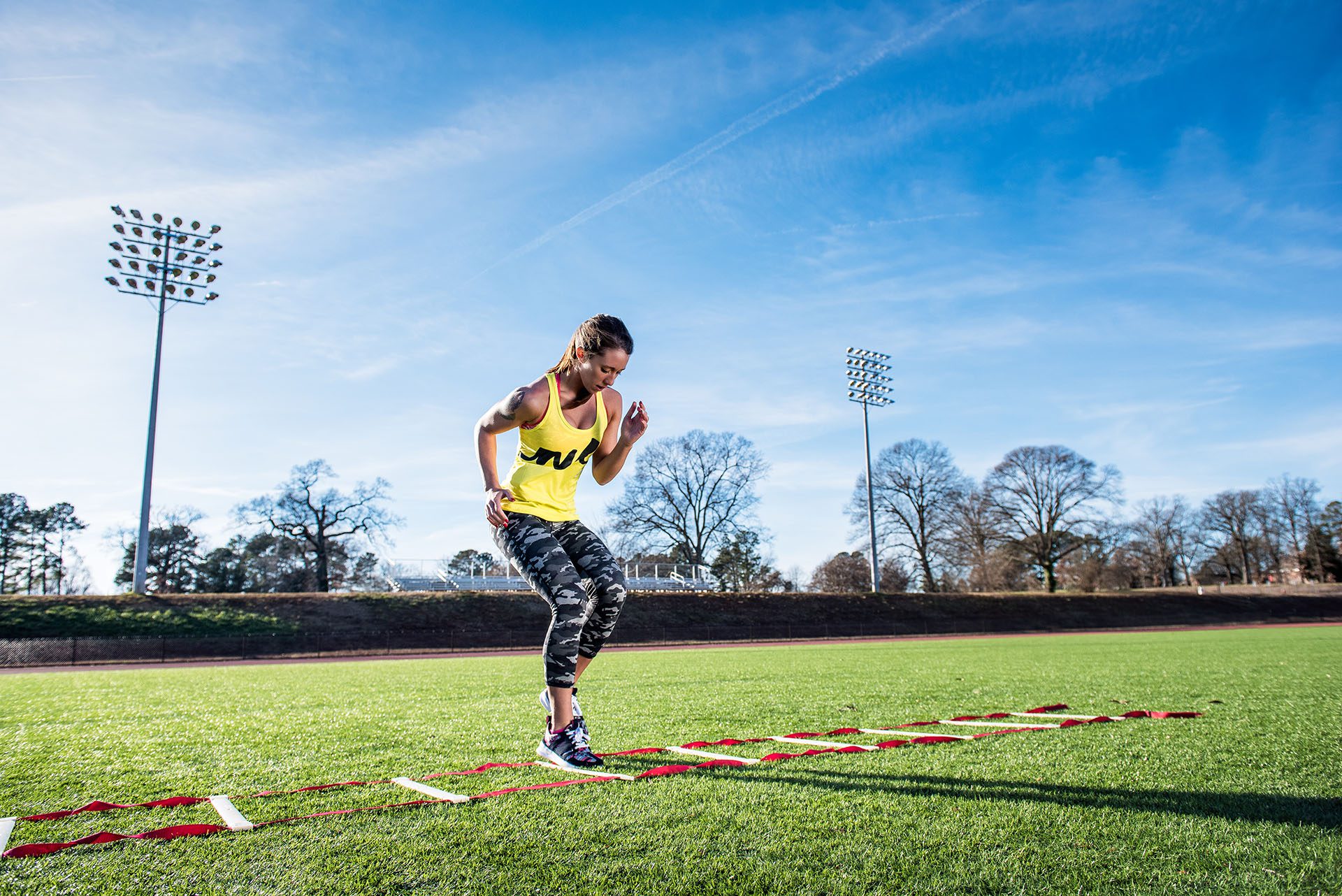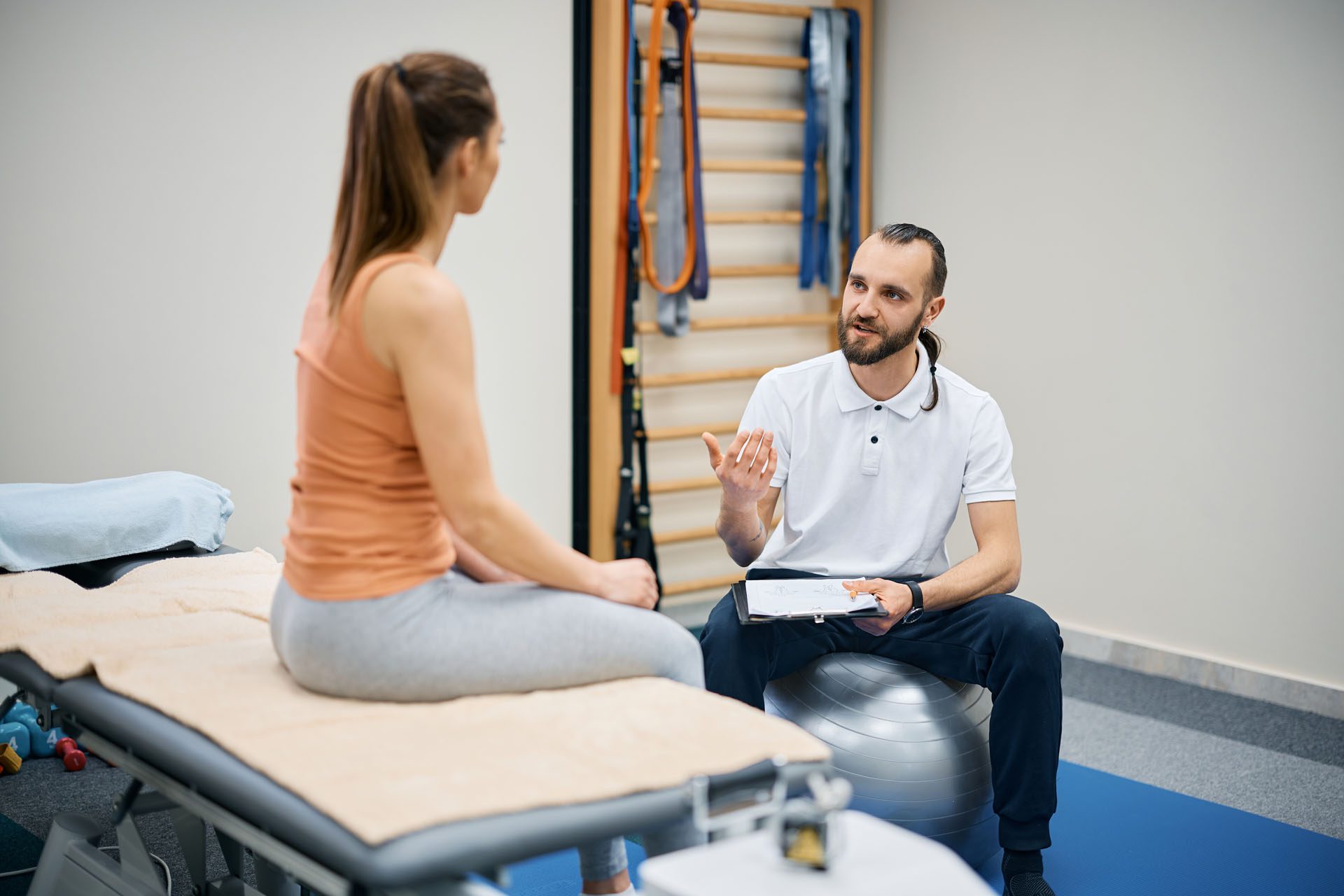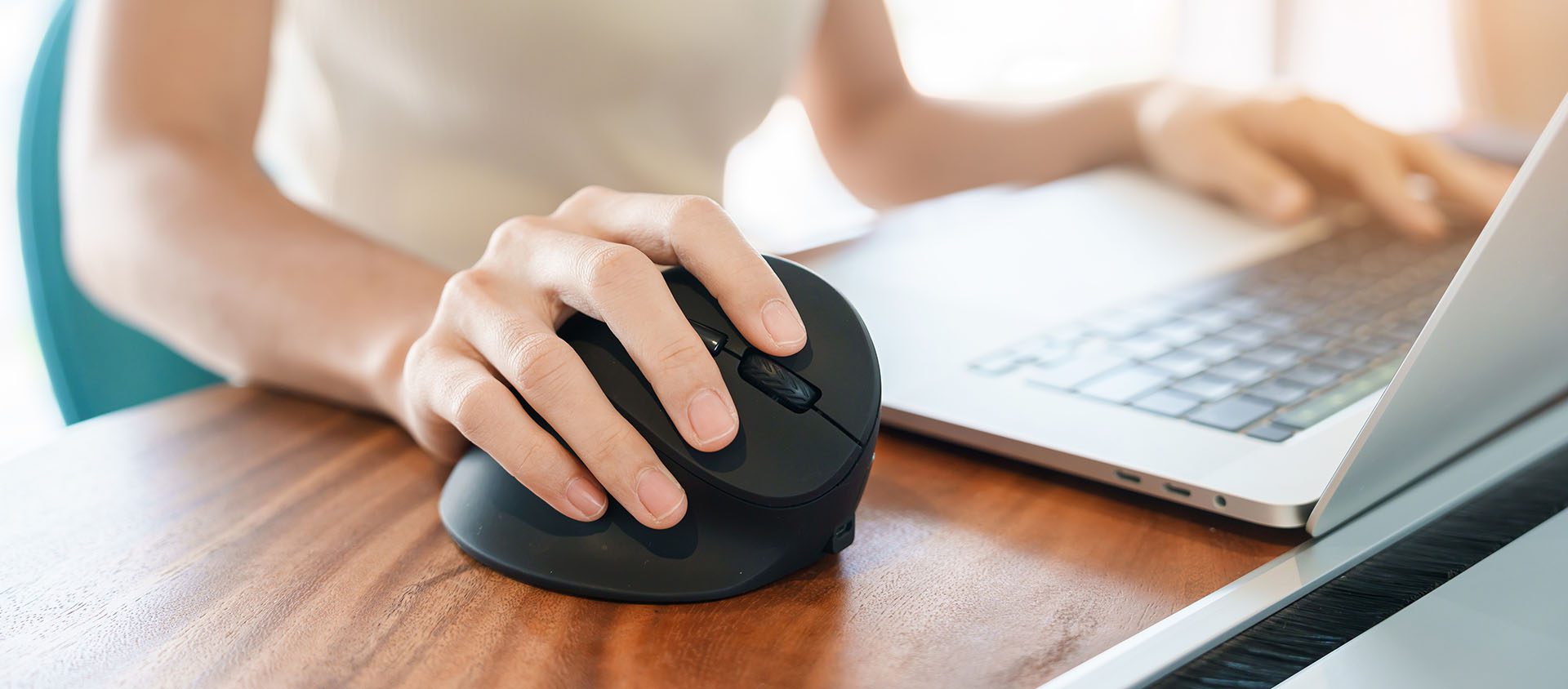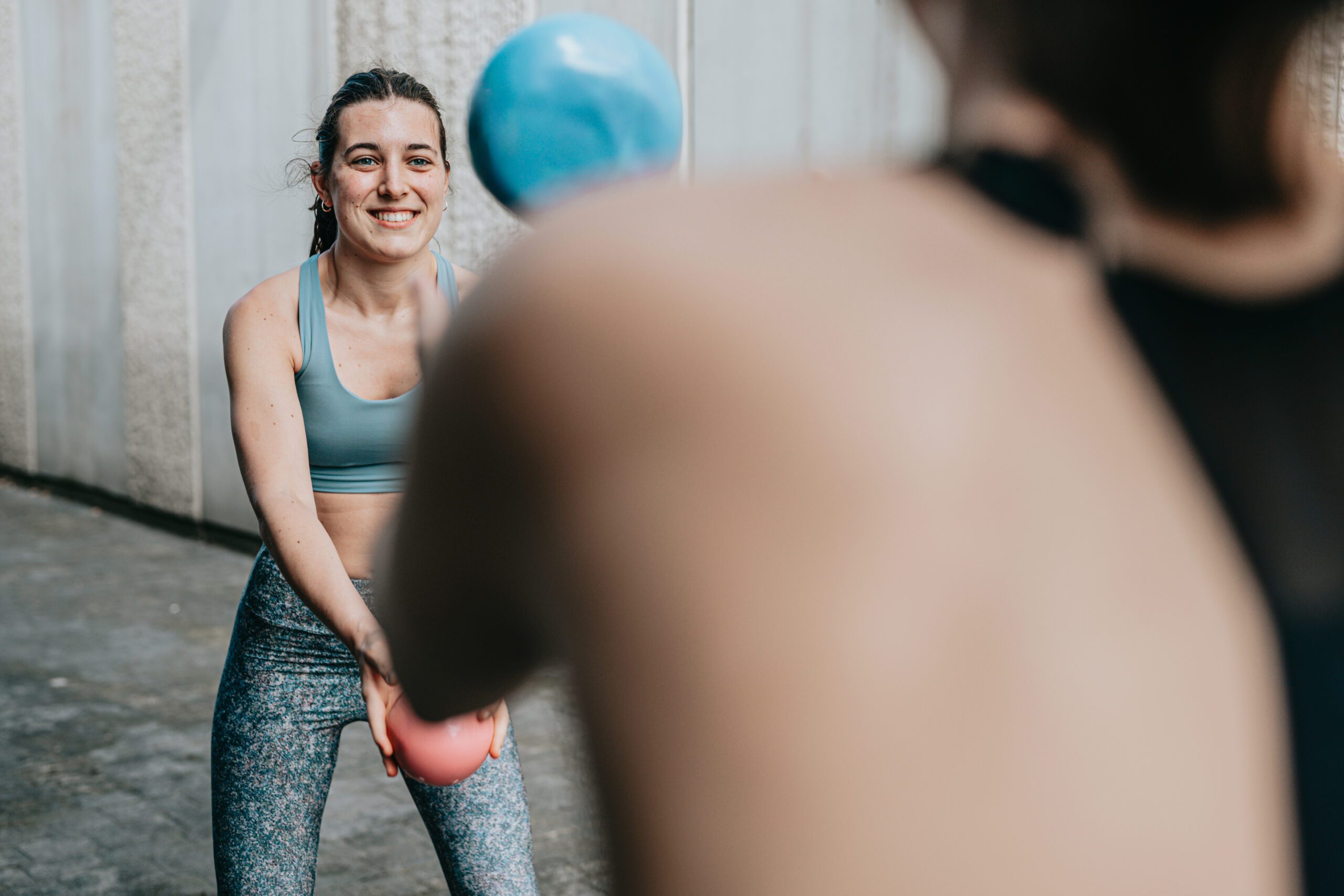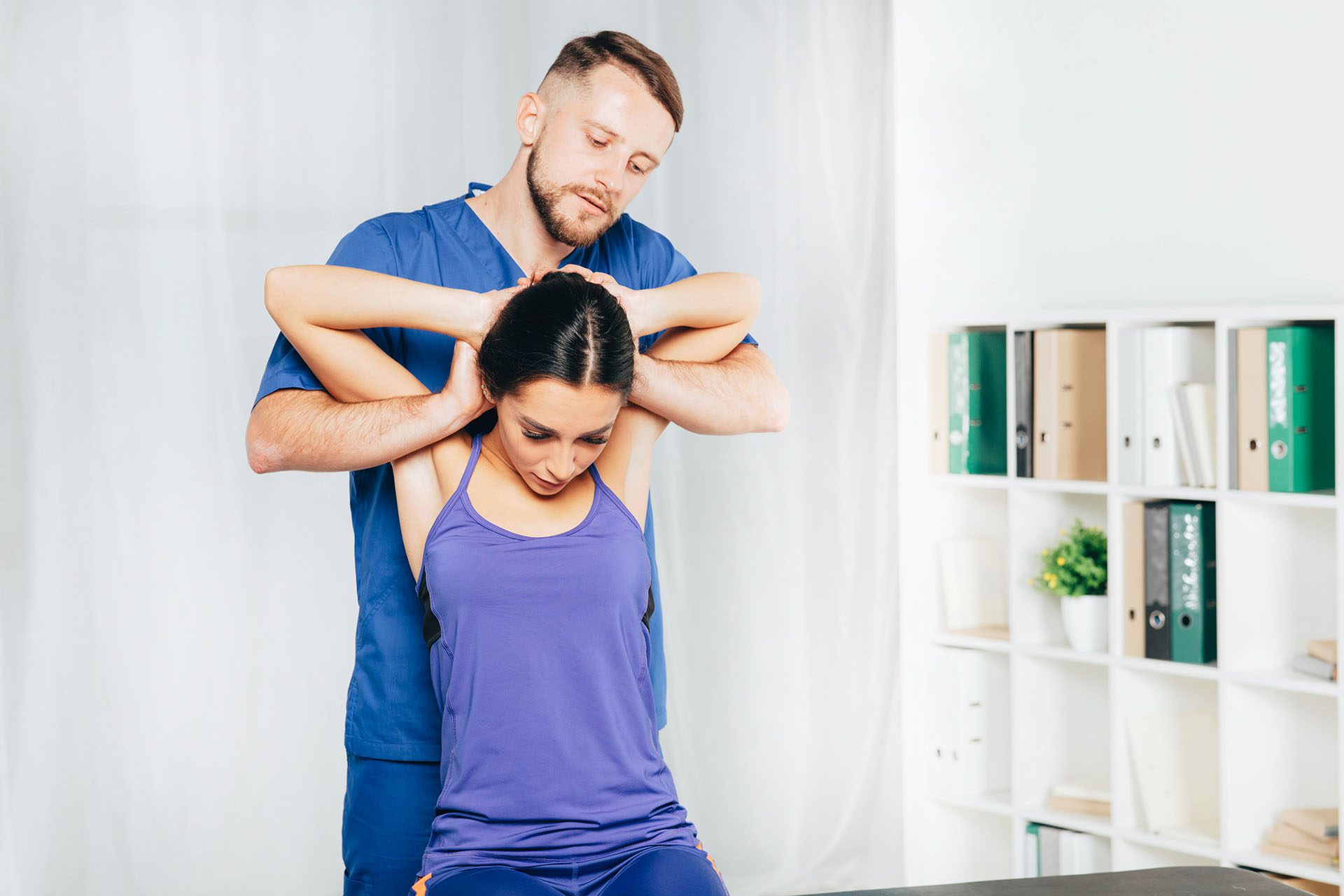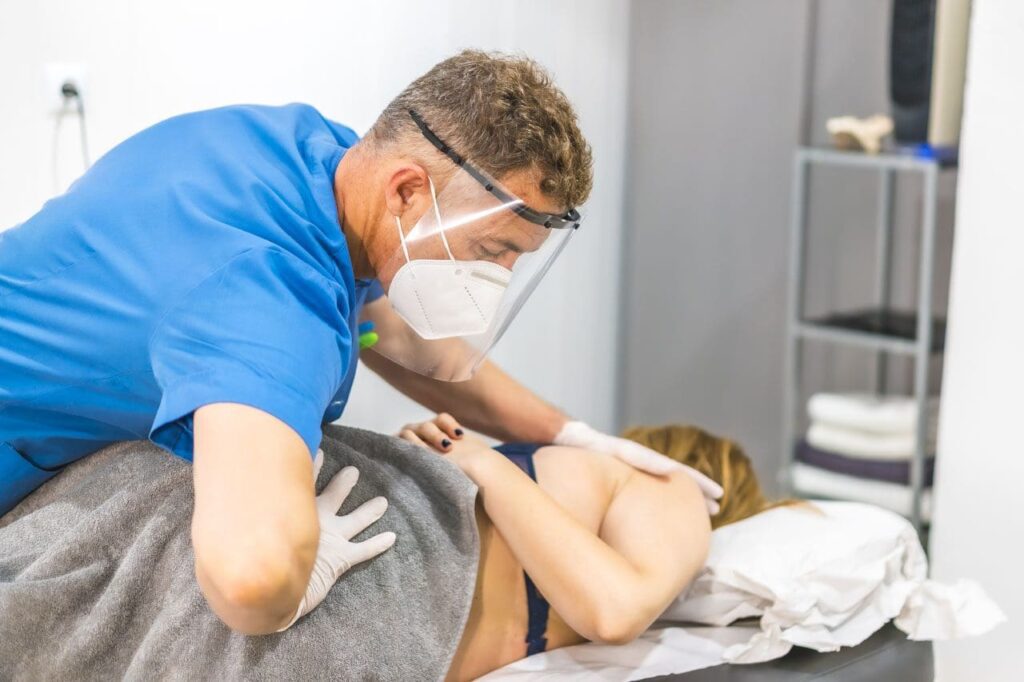ChiroMed: Teachers’ Sciatica Pain Solutions

Sciatica Relief for Teachers: ChiroMed Integrated Medicine’s Holistic Solutions and Empowering El Paso’s Educators
Teaching in El Paso, Texas, is both rewarding and physically demanding. From leading engaging lessons to managing bustling classrooms, teachers put their bodies through significant strain. These daily demands can lead to sciatica, a condition characterized by sharp pain, numbness, or tingling that radiates from the lower back down the legs due to irritation of the sciatic nerve. This discomfort can disrupt everything from delivering lessons to grading papers at home.
At ChiroMed – Integrated Medicine Holistic Healthcare in El Paso, TX, our team, including Dr. Alexander Jimenez, DC, APRN, FNP-BC, and our skilled practitioners, is dedicated to helping teachers overcome sciatica. Prolonged sitting, standing, poor posture, and the physical nature of teaching increase the risk of nerve irritation. Our holistic approach combines chiropractic care, acupuncture, physical therapy, and nutrition counseling to address the root causes of pain and promote lasting wellness. This article explores why teachers are prone to sciatica and how ChiroMed’s integrative solutions, guided by Dr. Jimenez’s expertise, provide effective relief tailored for El Paso’s educators.
Understanding Sciatica: A Teacher’s Challenge
Sciatica results from compression or irritation of the sciatic nerve, which extends from the lower spine through the hips and down each leg. Symptoms include burning leg pain, tingling, or weakness, which often worsen when sitting or standing for extended periods. For teachers, this can mean discomfort during class or while preparing lessons.
El Paso’s vibrant school environments amplify these risks. Standing for lessons or recess duty fatigues back muscles, pressing on spinal discs (Bomberg Chiropractic, 2023). Sitting at desks or in staff rooms tightens hip muscles, tilting the pelvis and pinching the nerve (East Bay Chiropractic Office, 2023). Poor posture, like hunching over worksheets, further irritates nerve roots (Scoliosis Center of Utah, n.d.).
At ChiroMed, Dr. Jimenez utilizes advanced neuromusculoskeletal imaging techniques, including X-rays and MRIs, to identify issues such as disc bulges that can cause sciatica in teachers. Our personalized care plans, blending chiropractic adjustments and integrative therapies, help educators stay pain-free and active.
Why Teaching Triggers Sciatica
Teachers face a unique mix of physical and mental demands. Standing to teach or monitor halls strains the lower back, increasing nerve pressure (Boyne Ergonomics, n.d.). Sitting for hours on outdated chairs can compress discs, a common trigger for sciatica (Bomberg Chiropractic, 2023). Bending to help students or lifting heavy materials—like books or projectors—strains the piriformis muscle near the sciatic nerve.
Poor posture worsens the issue. Leaning over desks or computers curves the spine, squeezing nerve roots (Scoliosis Center of Utah, n.d.). Stress from managing classes or tight deadlines can cause muscle tension, potentially increasing inflammation (Paragon Chiropractic, n.d.). In El Paso, where teachers often handle bilingual curricula or extracurriculars, these risks compound.
Dr. Jimenez’s team at ChiroMed frequently sees this. Using a dual-scope approach—chiropractic exams paired with diagnostic imaging—we pinpoint how classroom habits, such as carrying heavy bags, can misalign the spine. Our treatments, including adjustments and acupuncture, offer targeted relief for teachers.
Prolonged Sitting and Standing: A Recipe for Pain
Teachers constantly shift between sitting and standing—standing for assemblies, sitting for meetings, then back up for labs. Prolonged sitting on hard chairs can increase disc pressure by up to 30%, potentially irritating the sciatic nerve (Bomberg Chiropractic, 2023). Long-standing, uninterrupted tightness in the hip flexors can lead to spinal misalignment (Boyne Ergonomics, n.d.).
This constant switching fatigues stabilizing muscles, risking disc micro-tears that pinch nerves. In El Paso schools, teachers who stand for over four hours daily face a 50% higher risk of back pain (Abundant Life Chiropractor, 2023). At ChiroMed, Dr. Jimenez uses advanced imaging to diagnose these strains, often from minor classroom injuries. Our spinal decompression therapy gently stretches the spine, easing nerve pressure and aiding recovery.
Practical tips include switching positions every 20 minutes, using cushioned mats, or adjusting desk heights. ChiroMed’s ergonomic guidance helps teachers effectively reduce the risk of sciatica.
Poor Posture: The Silent Nerve Irritant
Posture directly impacts spinal health. Teachers often slouch over their desks or lean forward to engage students, curving their spines into a “C” shape, which compresses the lumbar vertebrae and irritates the sciatic nerve roots (Scoliosis Center of Utah, n.d.). Low computer screens force neck craning, straining the lower back.
In El Paso classrooms, crouching to assist young students or writing on low boards exacerbates this. Over time, uneven muscle pull misaligns the spine, trapping the nerve. At ChiroMed, Dr. Jimenez conducts posture assessments to catch these habits early. Our chiropractic adjustments realign the vertebrae, while acupuncture relaxes tight muscles, such as the piriformis (Jimenez, n.d.a).
Posture fixes include keeping your ears over your shoulders, using a lumbar-support chair, and raising screens to eye level. ChiroMed offers workshops for El Paso teachers to build these habits, preventing chronic pain.
Physical Demands: The Active Side of Teaching
Teaching involves dynamic tasks—lifting textbooks, bending for dropped items, or managing recess chaos. These can cause herniated discs or inflamed muscles near the sciatic nerve (East Bay Chiropractic Office, 2023). In El Paso, where teachers handle heavy bilingual materials or sports gear, risks rise.
Sudden movements, such as catching a falling projector, can mimic sports injuries that Dr. Jimenez treats. ChiroMed documents these as work-related injuries for insurance purposes, utilizing massage and exercise to aid in tissue healing and recovery. Advanced imaging ensures an accurate diagnosis, detecting issues such as sprains and nerve compression (Jimenez, n.d.b).
Safe habits help: lift with bent knees, use carts for supplies, and stretch before active duties. ChiroMed’s tailored plans keep teachers strong and pain-free.
ChiroMed’s Chiropractic Care: Holistic Relief for Teachers
Chiropractic care is a central component of sciatica relief at ChiroMed. Our manual adjustments realign the spine, reducing nerve irritation and inflammation (Active Health Center, n.d.). Teachers experience less leg pain and improved mobility after the session. Our spinal decompression therapy gently stretches the spine, retracting bulging discs (Bomberg Chiropractic, 2023).
Dr. Jimenez’s 30+ years of experience in El Paso shine through. By combining chiropractic care with acupuncture and nutrition counseling, we provide natural pain relief. Our advanced imaging ensures precise adjustments, targeting the cause of sciatica (Jimenez, n.d.a). Regular visits prevent flare-ups, letting teachers focus on education, not discomfort.
Restoring Spinal Alignment and Nerve Function
Adjustments involve quick, precise thrusts to realign vertebrae, freeing the sciatic nerve. This boosts blood flow and reduces inflammation, vital for teachers facing daily strain (AFC Adherence, n.d.). At ChiroMed, Dr. Jimenez pairs adjustments with soft tissue work to release tight hips, a common issue among educators.
Our holistic approach restores function, helping teachers regain flexibility for classroom tasks. Jimenez’s diagnostic tools, such as MRIs, ensure that treatments are tailored to each patient’s needs, offering reliable relief for El Paso educators (Jimenez, n.d.b).
Reducing Inflammation Naturally
Inflammation drives sciatica pain, swelling of tissues around the nerve. Our adjustments enhance spinal motion, reducing swelling (Active Health Center, n.d.). We add ice or heat therapy, tailored to each teacher’s symptoms.
Dr. Jimenez incorporates nutrigenomics, recommending anti-inflammatory foods, such as berries, to support the healing process. For El Paso teachers, this integrative approach means less pain and quicker recovery from classroom strains (Jimenez, n.d.a).
Lifestyle Changes: Ergonomics and Exercises
ChiroMed goes beyond adjustments, offering practical solutions that address the root cause of pain. Ergonomic tips include adjustable chairs, footrests, and raised monitors to reduce strain (Boyne Ergonomics, n.d.). We recommend using lumbar pillows and standing desks for teachers who grade papers.
Key exercises include planks for core strength and piriformis stretches to loosen hips (Alliance Orthopedics, n.d.). Dr. Jimenez designs home routines, such as knee-to-chest stretches, for busy individuals to help them stay active. Our massage therapy supports recovery, keeping educators in El Paso active and engaged.
Preventing Flare-Ups: Daily Habits for Relief
Preventing sciatica starts with awareness. Avoid prolonged sitting or heavy lifting by taking breaks or using carts. Heat eases tight muscles; cold calms acute pain (Abundant Life Chiropractor, 2023). Weekly core workouts and posture apps maintain alignment.
ChiroMed emphasizes prevention. Our exercise plans, paired with stress-reducing yoga, help teachers avoid chronic issues. We document work-injury claims to ensure access to care (Jimenez, n.d.b).
Integrative Care: ChiroMed’s Comprehensive Approach
We combine chiropractic care with physical therapy, acupuncture, and massage to facilitate a comprehensive recovery. Physical therapy can be strengthened with exercises like bridges (Active Health Center, n.d.). Acupuncture calms the nerves, making it ideal for reducing teachers’ stress (Jimenez, n.d.a). Short movement breaks, like stretching during class, boost circulation.
ChiroMed’s integrative model, led by Dr. Jimenez, treats sciatica holistically, addressing work or personal injuries with detailed insurance records.
Dr. Alexander Jimenez: Leading El Paso’s Teachers to Wellness
With dual credentials as a chiropractor and nurse practitioner, Dr. Jimenez brings unmatched expertise to El Paso. ChiroMed treats sciatica from classroom strains, sports injuries, or accidents, using imaging for precise diagnosis. Treatments such as adjustments, massage, and exercises can help the body heal naturally, thereby preventing long-term issues.
For teachers, Jimenez’s legal documentation supports work claims, ensuring coverage. His functional medicine approach, including nutrition and acupuncture, empowers educators to thrive (Jimenez, n.d.a; Jimenez, n.d.b).
Practical Tips for El Paso Teachers
- Morning Stretch: Perform cat-cow (10 reps) to loosen the spine.
- Classroom Ergonomics: Use lumbar-support chairs; raise boards to waist height.
- Breaks: March in place every 30 minutes to ease nerve pressure.
- Nutrition: Eat berries and fish to combat inflammation, according to Jimenez’s guidance.
Conclusion: Supporting El Paso’s Educators
Sciatica shouldn’t hinder El Paso’s teachers. At ChiroMed – Integrated Medicine Holistic Healthcare, Dr. Jimenez and our team offer chiropractic care, integrative therapies, and practical advice to help relieve pain and prevent issues. From adjustments to ergonomic solutions, we help educators stay healthy and focused on inspiring students.
Visit us at ChiroMed in El Paso, TX, call +1 (915) 412-6680, or email support@chiromed.com to start your pain-free journey.
References
[Abundant Life Chiropractor]. (2023). Back-to-school spine health: Sciatica prevention. https://abundantlifechiropractor.com/back-to-school-spine-health-sciatica-prevention/
[Active Health Center]. (n.d.). Sciatica and chiropractic care: Natural solutions for nerve pain. https://activehealthcenter.com/sciatica-and-chiropractic-care-natural-solutions-for-nerve-pain/
[AFC Adherence]. (n.d.). Aligning your spine: How chiropractors target sciatica pain. https://afcadence.com/aligning-your-spine-how-chiropractors-target-sciatica-pain/
[Alliance Orthopedics]. (n.d.). Do I need a chiropractor or physical therapy for sciatica relief? https://allianceortho.com/do-i-need-a-chiropractor-or-physical-therapy-for-sciatica-relief/
[Bomberg Chiropractic]. (2023). Sedentary job? Here’s how to keep your body healthy while you sit. https://www.bombergchiropractic.com/Company-Information/Blog/entryid/60/sedentary-job-heres-how-to-keep-your-body-healthy-while-you-sit
[Boyne Ergonomics]. (n.d.). Reducing ergonomic risk among teachers. https://boyneergonomics.ie/reducing-ergonomic-risk-among-teachers/
[East Bay Chiropractic Office]. (2023). Benefits of chiropractic care for teachers. https://eastbaychiropracticoffice.com/blog/benefits-of-chiropractic-care-for-teachers/
[Jimenez, A.]. (n.d.a). Injury specialists. https://dralexjimenez.com/
[Jimenez, A.]. (n.d.b). Dr. Alexander Jimenez, DC, APRN, FNP-BC, IFMCP, CFMP, ATN ♛ – Injury Medical Clinic PA. https://www.linkedin.com/in/dralexjimenez/
[Paragon Chiropractic]. (n.d.). What lifestyle changes are most effective in preventing sciatica? https://www.paragonchiropractic.com/What-Lifestyle-Changes-Are-Most-Effective-In-Preventing-Sciatica
[Scoliosis Center of Utah]. (n.d.). Posture and sciatica relief. https://scoliosiscenterofutah.com/posture-and-sciatica-relief/



